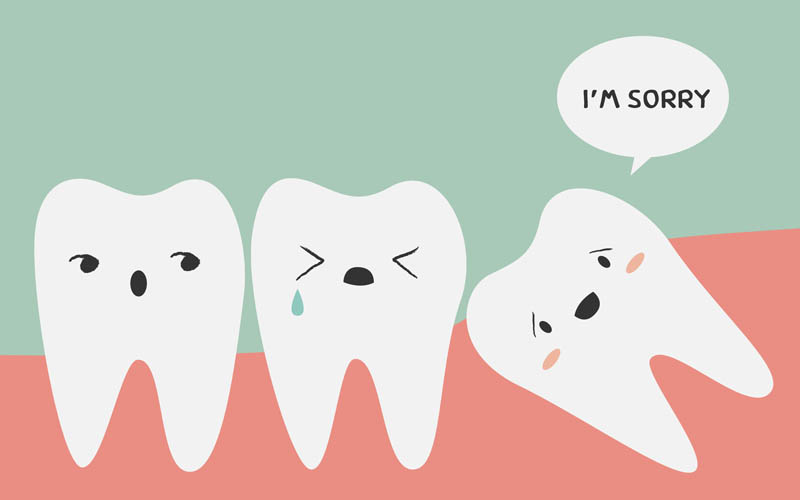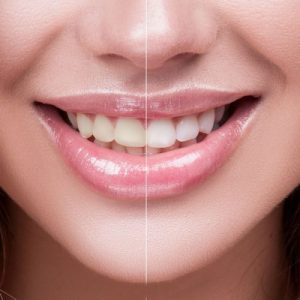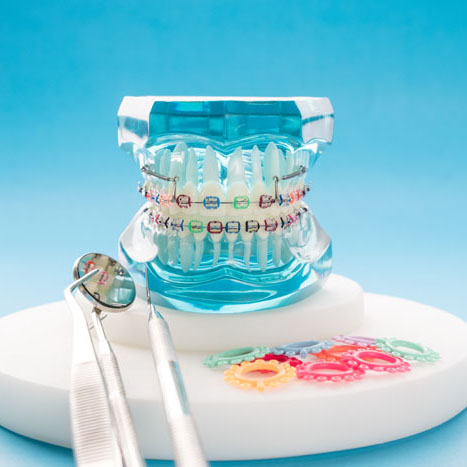Orthodontists are specialists
Orthodontists are experts in their field, specializing in the diagnosis, prevention and treatment of dental and facial irregularities to help correctly align teeth, bites and jaws, including straightening crooked teeth.
Although orthodontists and dentists share many similarities – they both work hard to help you improve your overall oral health – specialization is what sets an orthodontist apart from a dentist. It’s a bit like the difference between your GP medical doctor and a specialist physician like a dermatologist (or any other medical specialist).
Did you know that orthodontists complete an additional three years of full-time university training, on top of their general dental degree? As well as that, they limit their practice to only orthodontic treatment so that is all they do all day, every day. Only an orthodontist has been specifically trained and is the most qualified and experienced person to treat issues to do with the alignment of teeth and jaws to ensure you, or your child, ends up with a healthy and confident smile.
Your smile is one of your most important features
It is one of the first things we notice when we greet someone, it’s the way we remember one another, and it’s the way we interact with one another. Having confidence in your smile can positively change your life, which is why consulting an orthodontist to help you create your most healthy and attractive smile is so important.
A beautiful, straight smile not only means your teeth are easier to clean and your gums are healthier, it can also help exude confidence and reduce stress.
Psychological and physical benefits
In addition to psychological benefits such as improved self-confidence, orthodontic treatment also brings many physical benefits, including a beautiful smile through the correction of:
-
- Crooked and overcrowded teeth
- Speech, breathing or chewing difficulties
- Misaligned jaws (which can affect your facial profile)
- Bad bites that can damage teeth and gums
- Protruding or misaligned teeth
- Gaps in your smile
- An orthodontist can also help in the diagnosis and management of obstructive sleep apnoea and can help manage persistent thumb and finger sucking habits in children.
Options to suit every lifestyle
Orthodontic treatment has come a long way since the days of chunky metal braces, bands and headgears; today, contemporary orthodontic treatments are designed to be as unobtrusive and comfortable as possible so patients can get on with their lives without embarrassment or discomfort.
While braces are still an extremely effective way of straightening teeth and achieving a great smile, modern orthodontic treatment options now include clear braces, lingual (inside) braces and clear aligners (for example Invisalign / Clear Correct).
Whether you’re considering clear aligners or traditional braces, only a specialist orthodontist has the training, experience and complete suite of treatment options to give you the confidence you’re in the best hands possible.
Kids and orthodontics
Did you know that young kids with crooked teeth or bad bites should be seen by an orthodontist at around age 7-8yrs? Did you also know that that no referral is needed to see an orthodontist?
If you answered ‘no,’ don’t worry, you’re not alone! Most Aussie parents are a little confused when it comes to understanding orthodontics.
What is important to understand is that some (but not all) orthodontic problems can be easily corrected when treated in young growing jaws, well before all the adult teeth are through. Waiting until the teenage years to see an orthodontist for the first time can result in further worsening of these early problems resulting in more complicated and invasive treatment methods which would otherwise have been avoided.
Although early orthodontic treatment won’t be needed for all youngsters, taking your child to see an orthodontist between the ages of 7-10 will give the orthodontist a chance to assess the alignment of your child’s teeth and jaws and determine if and when, early intervention is indicated.
Orthodontists are highly trained to pinpoint a child’s orthodontic problems from a young age, even if they are subtle, and they can start correcting some problems to avoid potential long term issues.
Benefits Of Adult Orthodontic Care
Orthodontic treatment is no longer just for teens. In fact, the American Association of Orthodontists cites that one in five orthodontic patients is over the age of 21. Many adults are choosing to receive treatment because they understand the importance of maintaining their health, and they want to feel better about their appearance. Adults everywhere are taking advantage of the opportunity to receive orthodontic care, and now you can too.
Protecting the teeth
Problems with tooth alignment and jaw growth can become apparent when a patient is very young. Early intervention can benefit the patient by correcting the growth of their upper and lower jaws and creating space for all their permanent teeth to erupt. That is why American Association of Orthodontists recommends evaluation by an orthodontist by age 7. If problems are detected early on and treatment is rendered, in majority of cases you can avoid extraction of permanent teeth and complicated jaw surgery at a later date.
The Magic of Orthodontic Braces
The famous illusionist attributes his enchanting smile to years of wearing orthodontic braces as an adolescent to correct teeth misalignment and good oral hygiene habits. The early orthodontic treatment proved to be life-changing for the budding magician at the time.




